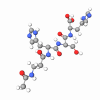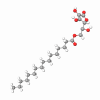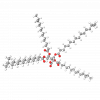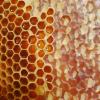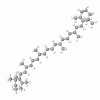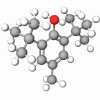Glutathione is a tripeptide formed by glutamic acid with cysteine and glycine. It is synthesized in the liver, in yeasts, and in plant leaves and performs a cell-protective activity in all animal and vegetal tissues thanks to its two-fold activity as an antioxidant and as a combination agent for metabolites to be disposed of by the organism.
In biochemistry, two forms are commonly discussed. The oxidized form (glutathione disulfide) and the reduced form (glutathione) transform one into the other in living organisms with the help of enzymes and the action of reducing/oxidizing agents. Only reduced glutathione is biologically active. It is typically written as GSH because the -SH thiol group is the reducing part of the molecule. GSH works in conjunction with endogenous glutathione peroxidase and establishes the oxido-reduction mechanism.
By forming nonreactive molecules, Glutathione neutralizes hydrogen peroxide as well as oxygenated radicals that have disruptive effects on lipids, proteins, enzymes, and cellular DNA.

